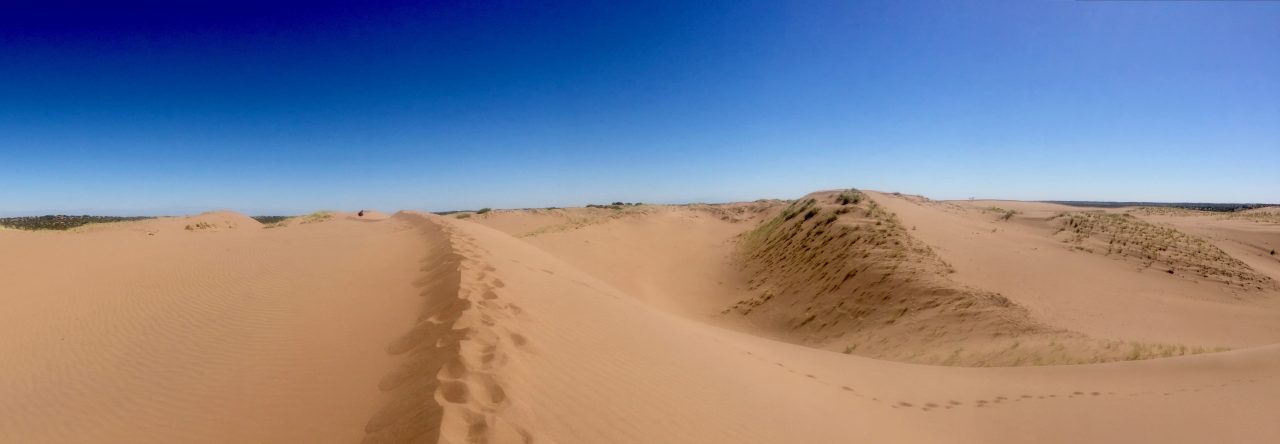The Potrerillos Dam creates a massive reservoir of water in the Andes foothills. When it finished construction in 2003, it caused the Mendoza River and the Laguna de Rosario to dry. The construction of the dam was initiated by the government in an attempt to improve access to water for those living in the city. However, the Huarpe Community living in Lavalle, who are detrimentally affected by the dam, were neither consulted nor compensated.
Farming and Fishing
Agriculture has been a fundamental economic resource for the community as well as a key tool in raising livestock. After the construction of the dam, many individuals spoke of the change in climate that made the area no longer suitable for growing crops. Wheat was one of the main crops cultivated in the area. The government threatens individuals with fines for those who attempt to use the arsenic-ridden water from the aqueduct to water crops or livestock.
Laguna de Rosario was an important food source for those in Huarpe communities living in close proximity to the lagoon. Various participants expressed that the government claimed it would let enough water past the dam to keep fish and aquatic life sufficient, but this has remained largely untrue.
Livestock
The Huarpe community is known for their cultivation of goats or chivos. The river was an important water source for their animals; one interviewee explained that they would let the goats out in the morning to go to the river and herd them back in the evening. Many people commented on the death of the goats with the disappearance of the river.
Artisanship
The artisanship common to this region is made with lana, wool, and cuero, leather. Without the livestock, the raw materials are much harder to come by. Artisans would make bracelets, belts, bags, blankets, and other products. The animals were utilized to full capacity.
